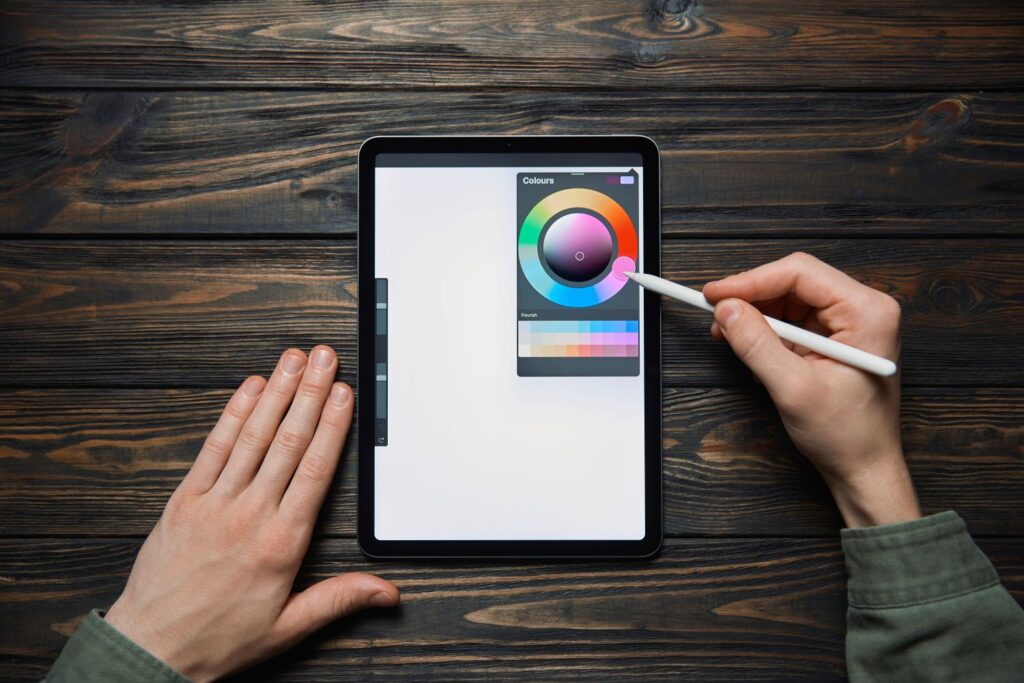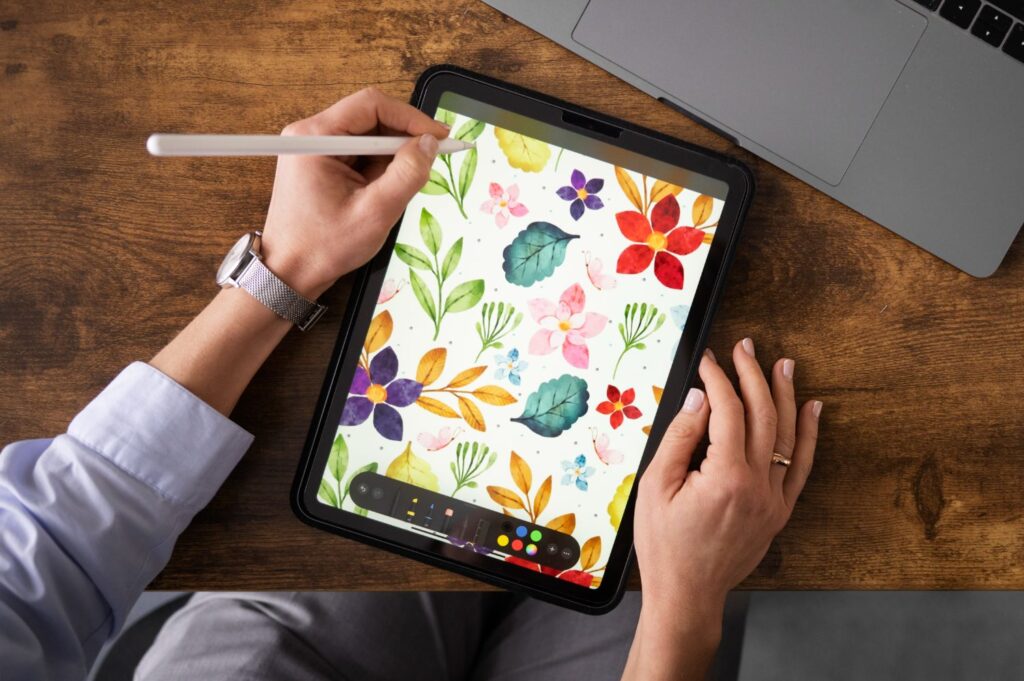Moving From Procreate to After Effects: An In-depth Look
Animation is a fascinating blend of art and science, capturing audiences with its blend of visual charm and narrative depth. Today, digital tools like Procreate and After Effects have made animation more accessible than ever before. In this article, we’ll cover the process of moving projects from Procreate to After Effects and compare different approaches to help you find a workflow that suits your needs and style. Buckle up, grab a cup of coffee, and let’s get started!
Understanding Procreate
Procreate is a digital illustration app available for iPad. Favored by artists worldwide, it offers an extensive array of brushes, an easy-to-understand user interface, and robust features. However, Procreate is primarily a drawing and painting tool and doesn’t delve deeply into animation or motion graphics, which is where After Effects comes in.
Stepping into After Effects
After Effects is Adobe’s digital visual effects, motion graphics, and compositing application. It’s largely used in the post-production process of film making, television production, and digital content creation. Unlike Procreate, After Effects allows you to animate layers independently, apply exciting video effects, and finely control every aspect of animation timings.
Merger Marriages: Procreate and After Effects
Both tools possess their strengths: Procreate for its intuitive illustration environment and After Effects for its comprehensive animation capabilities. When used together, you can create and animate intricate illustrations with relative ease. Let’s delve into a few methods for integrating Procreate with After Effects.
Direct Export and Import
The simplest path from Procreate to After Effects is to export your artwork from Procreate and import it into After Effects. This straight-to-the-point method works well for simple designs and animations and preserves layer information from Procreate for use in After Effects. However, it lacks sophistication when dealing with more complex projects or animating individual elements within a single layer.
Using PSD Files
Another method is to export your Procreate artwork as a PSD file, which you can then open in Adobe Photoshop. From there, you can fine-tune your layers or add additional elements before moving your project into After Effects. This step extra allows for greater control and precision, especially if you’re familiar with the Adobe suite’s overall interface and functionality.
Third-Party Integrations
There are also many third-party plugins and extensions designed to improve the integration between Procreate and After Effects. These tools can automate the export-import process, provide additional features like automatic frame-by-frame animation, and offer a smoother workflow overall. While they may require an initial investment, the streamlining of the design-animated process can often outweigh this cost.
Comparing the Methods
All these methods have their merits, and the best choice largely depends on the intricacy of your projects and your personal preferences. Direct import-export is quick and easy, best suited for simple animations. PSD-based workflow offers great control, ideal for complex projects but demands familiarity with multiple software. Third-party integrations deliver streamlined processes and additional features, suitable for professional or frequent animators.
Conclusion
The transition from Procreate to After Effects isn’t always a straightforward process, but with the right knowledge, workflow, and tools, it can be an exciting part of your animation journey. As you explore each approach, test different tools, and develop a feel for how they work, you’ll soon find one that matches your creative style and needs. Remember, the best tool is the one that enables you to bring your vision to life without undue complexity, so don’t be afraid to try different options until you discover your perfect match.
FAQs
1. Can I animate in Procreate alone?
Procreate does offer basic animation capabilities, but for advanced animations or motion graphics, moving your project into After Effects or similar software will provide a more robust toolset.
2. How do I maintain the quality of my artwork when moving from Procreate to After Effects?
Export your artwork at high resolution and avoid compressing it to maintain the quality. Using the PSD format can give the best results.
3. Can I use other tools for animation besides After Effects?
Yes, other alternatives like Animate CC, Blender, and Cinema 4D can do the job, but After Effects remains a versatile and powerful choice.
4. How can I learn After Effects if I’m an illustrator?
There are plenty of resources available online such as tutorials, guides, and courses that can help you get started with After Effects.
5. Are third-party integrations necessary?
While not necessary, they can streamline the workflow and offer additional features, making the transition from Procreate to After Effects smoother.





